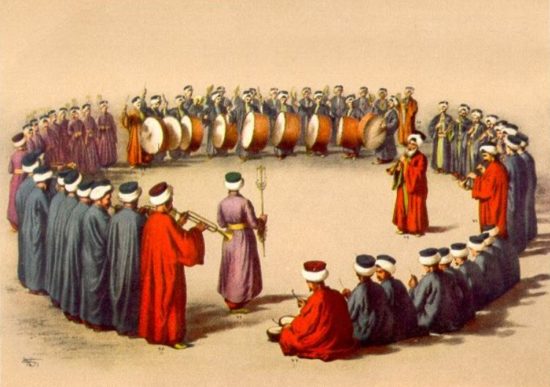Turkish style music has a long and rich history in Europe. Haydn, Mozart, Beethoven, Rossini just to name a few, who composed music with so called Turkish sections. What is Turkish in classical music and how it became so popular?
While it is impossible to track back its first appearance in the European continent, a formal, first major event should be named as a starting point. This can easily be 1699, when Austria and the Ottoman Empire negotiated peace in Vienna and the Turkish delegation brought a Janissary band to perform and entertain in the capital for days. This genre quickly became popular in military music and later among classical music composers.
The style is always lively and sounding like a march, following the steps of soldiers: left…left…left…right, left… Main instruments are the triangle, piccolo, the cymbals and the bass drum. Often in classical music these Turkish segments are meant to relax the tension, bridging two tense sections. Good example is Beethoven’s IX. Symphony, movement no. 4.
The Turkish March (Marcia alla turca) of Beethoven was originally written in 1809 as Six Variations on an Original Theme, Op. 76. The piece was re-used again as overture and incidental music in 1811, in August von Kotzebue’s play: The ruins of Athens (op.113). This play was premiered in 1812 in (Buda)Pest and it appeared as the fourth movement. The theme is mesmerizing and starts as pianissimo, then proceeds up to fortissimo.
Although the piece is very simple it inspired many later coming musicians, such as Liszt or Rubinstein. One popular, electronic music version is Jean Jacques Perrey’s The elephant never forgets.
Your correspondent likes the following funny performance of the Turkish march, which is played on eight pianos at the same time!
Beethoven’s Turkish march is certainly a theme easy to remember and quickly becomes a proud part of any shower repertoire!

